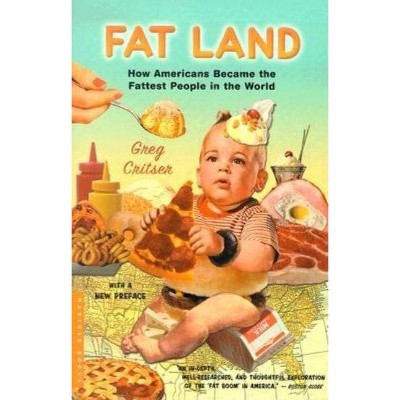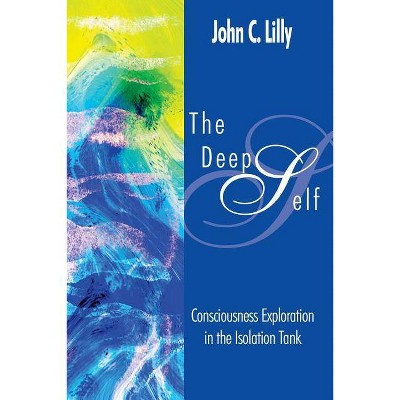Monitoring for Health Hazards at Work, 5th Edition - by John Cherrie & Sean Semple & Marie Coggins (Paperback)

Similar Products
Products of same category from the store
AllProduct info
<p/><br></br><p><b> About the Book </b></p></br></br>"This is the fifth edition of what we hope continues to be a practical textbook for those studying or carrying out the important task of protecting workers from hazards. The previous edition was published in 2010, and that built upon work by Indira Ashton and Frank Gill going back to the first edition published in 1982. In that near 40 year span the book has developed considerably and has expanded to include hazards such as nanoparticles and exposure routes including skin contact and inadvertent ingestion of chemicals that were not considered in the first work. Since the 4th Edition published in 2010, new chemical regulations (REACH) have become increasingly widely adopted in Europe. Hazard assessment procedures under REACH often require the generation of robust exposure data, thus stimulating the need to measure or model exposure to chemicals"--<p/><br></br><p><b> Book Synopsis </b></p></br></br><b>MONITORING FOR HEALTH HAZARDS AT WORK</b> <p><i>Monitoring for Health Hazards at Work</i> remains the seminal textbook on measuring and -controlling the risk of workplace exposure to physical, chemical, and biological hazards. Designed for students studying occupational hygiene and exposure science, this comprehensive and accessible volume provides step-by-step guidance on identifying hazards and quantifying their risks in various workplace environments. Complete with checklists and practical examples, the authors present clear explanations of all types of hazards that can arise in the workplace, including dust, particles, fibrous aerosols, gases, vapours, and bioaerosols.<p>The fifth edition features revised material throughout, and remains an essential resource for students and professionals in occupational hygiene, reflecting global standards and recent developments in monitoring equipment, modelling methods, exposure assessment, and legislation on workplace safety. <li>Several new or substantially revised chapters cover topics such as human biomonitoring, exposure modelling, hazardous substances, physical agents, evaluating ventilation, PPE, and other control measures</li><li>Updated sections discuss the equipment currently available, the importance of risk communication, assessing dermal and inadvertent ingestion exposures, and more</li><li>Examines common workplace comfort issues such as noise, vibration, heat and cold, and lighting</li><li>Offers practical advice on conducting and presenting risk assessments and reports</li><li>Discusses the future of the development and application of hazard measurement equipment and methods</li><p><i>Monitoring for Health Hazards at Work</i>, is required reading for students and professionals in occupational hygiene, environmental health and safety, occupational health and safety, and exposure science.<p/><br></br><p><b> From the Back Cover </b></p></br></br><p><i>Monitoring for Health Hazards at Work</i> remains the seminal textbook on measuring and -controlling the risk of workplace exposure to physical, chemical, and biological hazards. Designed for students studying occupational hygiene and exposure science, this comprehensive and accessible volume provides step-by-step guidance on identifying hazards and quantifying their risks in various workplace environments. Complete with checklists and practical examples, the authors present clear explanations of all types of hazards that can arise in the workplace, including dust, particles, fibrous aerosols, gases, vapours, and bioaerosols.</p><p>The fifth edition features revised material throughout, and remains an essential resource for students and professionals in occupational hygiene, reflecting global standards and recent developments in monitoring equipment, modelling methods, exposure assessment, and legislation on workplace safety. </p><li>Several new or substantially revised chapters cover topics such as human biomonitoring, exposure modelling, hazardous substances, physical agents, evaluating ventilation, PPE, and other control measures</li><li>Updated sections discuss the equipment currently available, the importance of risk communication, assessing dermal and inadvertent ingestion exposures, and more</li><li>Examines common workplace comfort issues such as noise, vibration, heat and cold, and lighting</li><li>Offers practical advice on conducting and presenting risk assessments and reports</li><li>Discusses the future of the development and application of hazard measurement equipment and methods</li><p><i>Monitoring for Health Hazards at Work</i>, is required reading for students and professionals in occupational hygiene, environmental health and safety, occupational health and safety, and exposure science.</p><p/><br></br><p><b> About the Author </b></p></br></br><p><b>John W. Cherrie</b> is Emeritus Professor of Human Health, Heriot Watt University, Edinburgh, UK. He is also a Principal Scientist at the Institute of Occupational Medicine, one of the longest-established independent occupational and environmental health research institutes in the world.</p><p><b>Sean E. Semple</b> is Associate Professor, Faculty of Health Sciences and Sport, University of Stirling, UK. His research in human exposure science focuses on the health effects of indoor air pollution, occupational epidemiology, air quality measurement, and workplace inhalation hazards.</p><p><b>Marie A. Coggins</b> is a Lecturer at the School of Physics and a member of the Centre for One Health at the Ryan Institute, National University of Ireland, Galway, Ireland. She is Academic Director for the NUI, Galway professional accredited BSc Environmental Health and Safety programme. The Exposure Science research group that she leads focuses on human exposure to occupational and environmental pollutants, including indoor air quality in energy efficient buildings.</p>
Price History
Price Archive shows prices from various stores, lets you see history and find the cheapest. There is no actual sale on the website. For all support, inquiry and suggestion messagescommunication@pricearchive.us




















